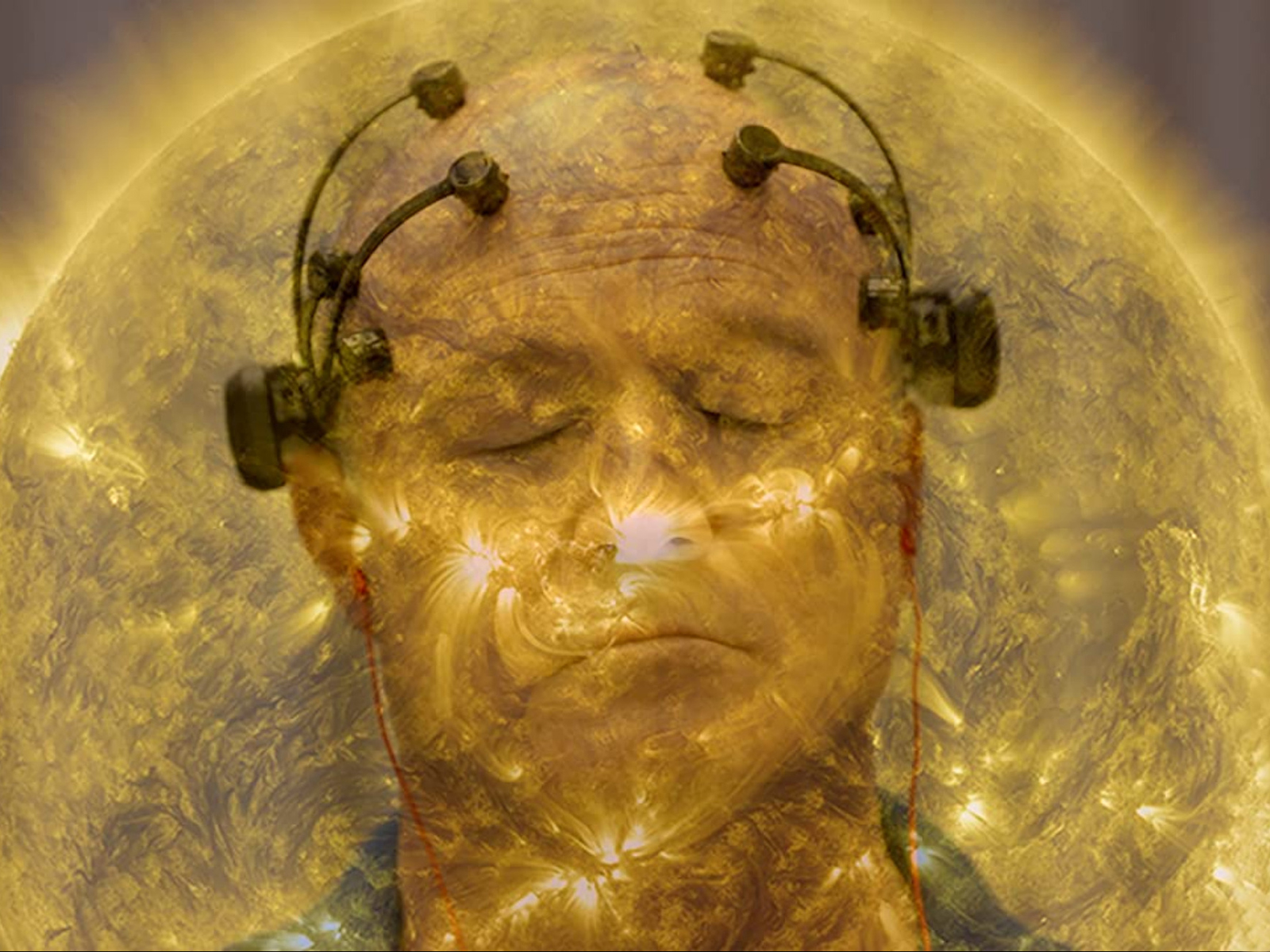
- Festivals
Sundance 2021: All Light, Everywhere
Offering rich historical material, All Light, Everywhere, Theo Anthony’s chilling documentary deals with the increasing presence of sophisticated and subtle surveillance in our everyday lives. World premiering at the 2021 Sundance Film Festival, it was honored with a special jury prize in nonfiction experimentation.
A graduate of Oberlin College (cinema theory), Anthony draws inspiration from the experimental film essays of the late German director Harun Farocki as well as French filmmaker Chris Marker. Anthony made an impression in 2016 with his feature, Rat Film, which examined urban planning, with all its dubious values and dehumanizing assumptions. That film used Baltimore’s rodent infestation as a starting point to explore issues of segregation, redlining, poverty, and resource allocation in American cities –and significantly as a savvy metaphor for gentrification.
The new, gripping feature of the Baltimore-based filmmaker takes a similar strategy, employing techniques of essay and collage, in probing the false and dangerous premises that the alarmingly increased surveillance in the twentieth-first century is based upon. All Light, Everywhere centers on four contemporary fronts: a neuroscience focus group wearing tracking devices; the manufacturing of body cameras; Baltimore police being trained to use cameras; and aerial surveillance.
Rife with new historical information and insights, it is a gripping, mind-expanding wake-up call questioning the power structures that are often taken for granted. In the process, Anthony deals with language, physiology, astronomy, technology and criminology, and how these spheres are intertwined. Anthony’s ambitious documentary unearths one brilliant connection, the fascinating lineage between the camera and the gun, rooting both in broader socio-historical contexts. The link between photography and militarism is based on the notion of the saying, ‘you shoot a film; you shoot a gun.’ He claims that, in American culture, using the same terminology to speak about cameras and weapons is in no way a coincidence.
The film begins with a striking visual metaphor, reveling in the blind spot of the optic nerve, setting the stage for an investigation into how little we see about the way the world looks back at us. From there the movie explains how the first portable camera was built on the same technology used for artillery; it becomes a minor leap for Anthony to show how a spy plane hovering over the Baltimore area keeps that correlation alive.
The chapter-based tale then goes from a warehouse that develops tasers and police body cameras, to training sessions for officers who wear the devices, the machinations of a spy plane entrepreneur, and the history of camera pigeons in WWI. In one of the most compelling passages, the director tracks back to the late 19th century, unearthing the little-known history of astrophotography and mug shots.
In one scene, Anthony visits the headquarters of Axon Enterprise, the Arizona-based taser-development company. A corporate exec guides the camera through an assembly line in order to demonstrate the precision of the technology. He points out that the camera on a taser adopts the perspective of the shooter, creating an “authentic” version of events as they happen.
Later, in a police training session, officers learn how the continuous uploading of footage helps them to contextualize violent assaults. While that suggests more responsible accountability, it also encourages greater ease with violent action; most of the cops just assume that the camera will exonerate them later – as it often does.
The various observations lead to a tumultuous confrontation about the nature of privacy in a world governed by ever-increasing corporate power. The climax shows a Baltimore community meeting, made up of people of color protesting the presence of a plane scion, while authorities try to convince them that it is there for their own good. However, they continue to express objection to the idea of giving up privacy for an unseen presence that promises to solve crimes.
Technically, an ominous voiceover accompanies the story to explain some of the significant historical details, adding an intellectual dimension to a journey that inevitably morphs into some abstract theories. Anthony also relies on more explicit captions that sometimes replace the narration. Anthony’s incisive camera becomes part of the unfolding drama, a reminder of the many surveillance layers that permeate our routine life. He gathers the individual chapters – each fascinating in its own peculiar way – into a whole with greater meaning and significance.
Dan Deacon’s striking score fuses the various passages together into a cerebral meditation on the social and political forces that compelled American society (and other nations) to use seemingly benevolent ideologies aimed at taking control over its citizenry. Among other merits, All Light, Everywhere makes it clear that the cameras can “kill us” just as much as the guns that have inspired them.